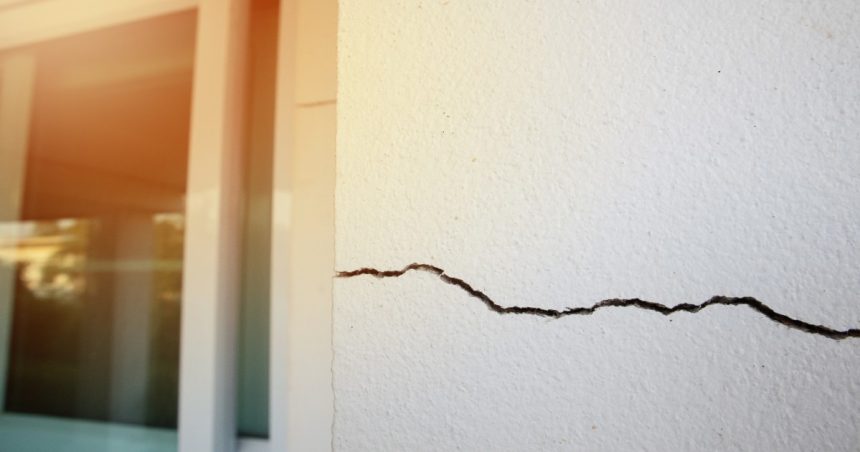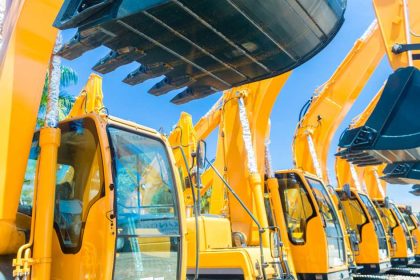A building quality expert has warned that Australia’s ambitious plan to build 1.2 million homes by the end of the decade could result in a spate of defects that may take years to fix.
The nation’s severe undersupply of homes and rising interest rates have led to a spike in property prices in recent years, leaving many Aussies suffering financial stress and forcing some to sell their homes.
Meanwhile, renters struggle to find and keep a roof over their heads, with many experiencing periods of homelessness due to record-low rental vacancy rates.
Tradie shortages, post-COVID migration, material supply and rising building costs have led to this housing supply storm, with the government now scrambling to find ways to solve it.
Many of those solutions are outlined in the National Housing Accords, which has set the target of building 1.2 million well-located homes over the next five years.
The lofty goal has the nation’s construction sector racing to build an average of 240,000 homes annually – twice the rate of construction over the previous five years.
But this ‘need for speed’ combined with a growing skills gap and forecast tradie shortage of nearly 500,000 workers has led some building quality specialists to express concern regarding the number of possible defects that could occur.
Steve Abbott is a building quality expert who regularly testifies regarding construction defect cases in most jurisdictions.
He told Build-it that the “forced” construction boom combined with a severe lack of building resources was a recipe for disaster that led to quality issues.
“Governments are trying to force the industry into a residential boom without the resources both within the industry and governments to manage such a workload,” he said.
“The industry needs a reliable supply of high-quality skills, staffing, a sufficient number of planners and building certifiers, a reliable talent pipeline, and building materials.”
“State governments need better controls in inspections and certifications, and those who carry out this important service must also be highly skilled and deeply experienced.”

Build rush to lead to spate of defects
With 45 years’ of understanding in the building, construction and engineering industries – on the tools, in management, and as an advisor, Mr Abbott is no stranger to identifying factors that can lead to a boom in building defects.
Now the founder of construction advisory firm SJA, he warns that the rush to build could see defects that exceed the nation’s last residential boom, with the NSW Building Commissioner still dealing with faults from builds that are over two decades old.
“If we don’t prioritise quality in this next wave of residential construction, the Commissioner will have to address a new swathe of defects over the next 20 years,” he warned.
“Unfortunately, there is a constant drive to do things cheaper in construction – it’s a race to the bottom. We need to get back to basics and do things right – the foundation on which the industry was built.”
Mr Abbott told Build-it that the sheer construction rate needed and rising building costs could cause some builders to cut corners when it comes time to get on the tools.
“The more pressing concern arises from the increase in volume of construction and resource shortages, which has the potential to directly impact overall building quality,” he said.
“We can expect to see an uptick in issues such as water ingress and leaks, particularly in wet areas. These are already common issues under regular circumstances and could become more widespread.”
“Additionally, a lack of attention to detail may result in poorer building finishes overall,” he said.”
“In ongoing projects, there might be some temptation to cut corners due to the sudden increase in costs. However, for new contracts, these additional expenses are likely to be factored into the budget and passed on to the consumer.”
Short-term solutions such as boosting skilled migration or once-off limited financial incentives to hire apprentices such as what we saw coming out of the pandemic are part of the picture, but we need something more overarching and enduring.”
Insurance laws could worsen work quality
State governments are now trying to address future defects preemptively, with many introducing forms of compulsory insurance to help fix faults should they arise.
But Mr Abbott says this is a band-aid solution that addresses the symptoms rather than the problem’s source – essentially giving builders a safety net for shoddy work.
“While this might solve part of the problem, it is dealing with the issue after the horse has bolted. The availability of this insurance coverage equates to another fix,” he said.
“We need to get better at constructing quality dwellings rather than finding better ways of dealing with defects after they occur. It highlights a conversation about construction quality we need to have. However, you can only ensure high quality when you have the right complement of appropriate resourcing across the industry. That’s where Australia is sadly lacking.”







